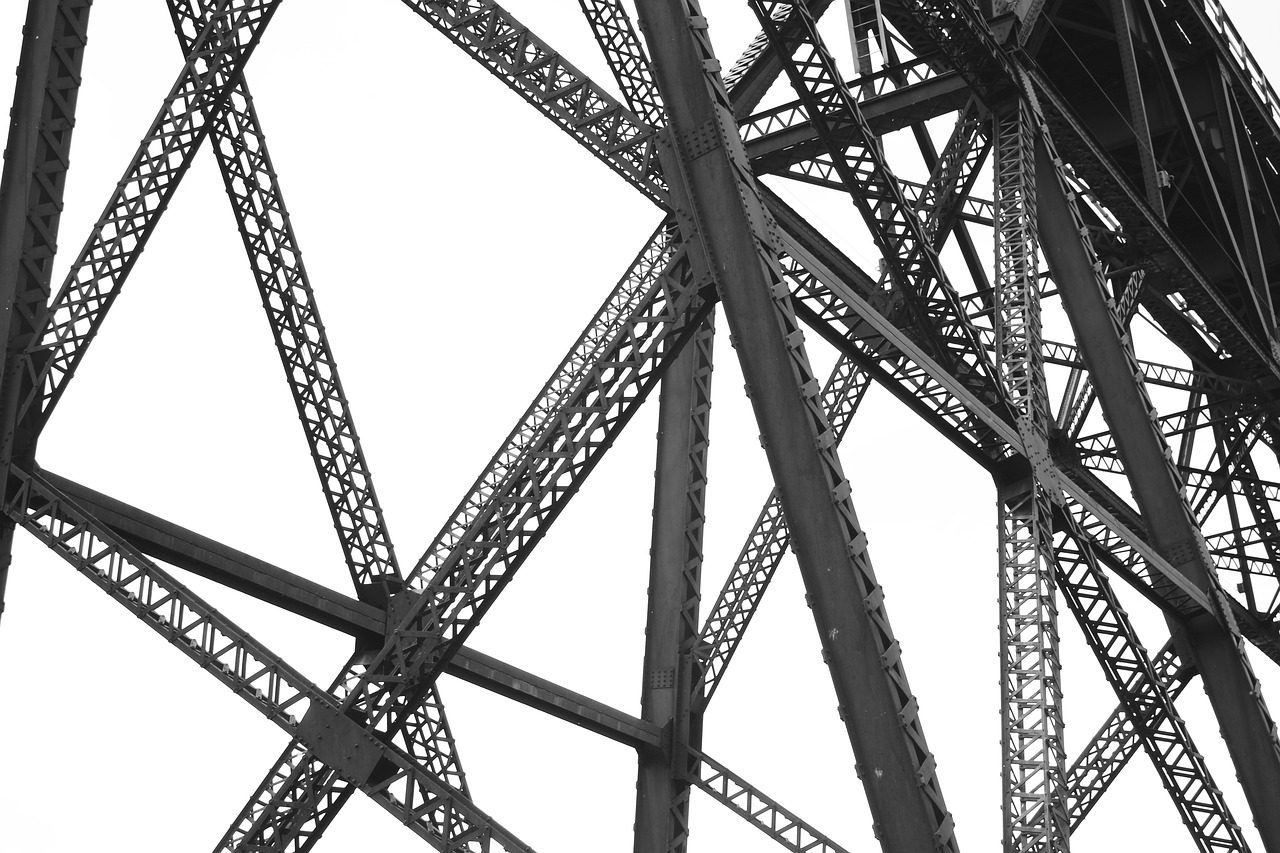Structure definition
Contents |
[edit] What is a structure?
Within the context of the built environment , the term ‘structure’ refers to anything that is constructed or built from different interrelated parts with a fixed location on the ground. This includes complete items such as buildings, and parts of items, such as arches. It can also be used to refer to a body of connected parts that is designed to bear loads, but is not intended to be occupied by people. Engineers sometimes refer to these as 'non-building' structures.
[edit] What are common examples of structures?
Common examples of structures include:
- Aqueducts.
- Bridges.
- Cooling towers.
- Dams.
- Oil rigs.
- Retaining walls.
- Scaffolding.
- Tunnels.
- Towers.
- Viaducts.
For more information see: Types of structure.
[edit] What types of engineers design structures?
Structural engineers design, assess and inspect structures to ensure that they are efficient and stable. Structural engineers work on a very wide range of structures, including; buildings, bridges, oil rigs, and so on.
Civil engineers design, construct, maintain and improve the physical environment, including bridges, tunnels, roads, railways, canals, dams, coastal defences, and so on. The term ‘civil’ engineer is a more broad one than ‘structural’ engineer that can include infrastructure such as pipelines, transportation, environmental engineering, maritime engineering, and so on. It was originally coined to distinguish it from military engineering.
Structural engineering was initially considered a sub-discipline of civil engineering, however it has developed into an important and complex specialism and is now be considered an specific engineering discipline in its own right.
According to William R Spillers 'Introduction to Structures', structural analysis ‘…is for the most part concerned with finding the structural response (the lateral deflection of a building under wind load, the reaction of a bridge to a moving train,…) given external loads. In all but the most trivial cases, real structures, that is structures without the simplifications commonly associated with analysis, turn out to be impossibly complex. And what is finally analysed – the structural model – may appear at first glance to be quite different than the real structure’.
For more information see: Structural engineer and Civil engineer.
[edit] What are structural elements?
In their most simple form, structural elements can be classified as:
- One-dimensional: Ropes, struts, beams.
- Two-dimensional: Membranes, plates, slab, shells, vaults.
- Three-dimensional: Solid masses.
Approved document B, Fire Safety, Volume 2, Buildings other than dwellinghouses, paragraph B3.iii defines ‘elements of structure’ as: ‘….the main structural loadbearing elements, such as structural frames, floors and loadbearing walls. Compartment walls are treated as elements of structure although they are not necessarily loadbearing. Roofs, unless they serve the function of a floor, are not treated as elements of structure. External walls, such as curtain walls or other forms of cladding which transmit only self weight and wind loads and do not transmit floor load, are not regarded as loadbearing…’
Very broadly, the 'substructure' refers to work below the underside of the screed or, where no screed exists, to the underside of the lowest floor finishes, and the 'superstructure includes works above that level. See Substructure and Superstructure for more detailed definitions.
For more information see: Elements of structure in buildings.
[edit] Other definitions of structure
The CDM Regulations suggest that structure means:
(a) any building, timber, masonry, metal or reinforced concrete structure, railway line or siding, tramway line, dock, harbour, inland navigation, tunnel, shaft, bridge, viaduct, waterworks, reservoir, pipe or pipeline, cable, aqueduct, sewer, sewage works, gasholder, road, airfield, sea defence works, river works, drainage works, earthworks, lagoon, dam, wall, caisson, mast, tower, pylon, underground tank, earth retaining structure or structure designed to preserve or alter any natural feature and fixed plant;
(b) any structure similar to anything specified in paragraph (a);
(c) any formwork, falsework, scaffold or other structure designed or used to provide support or means of access during construction work,
and any reference to a structure includes part of a structure.
RICS property measurement, 2nd edition, published by the Royal Institution of Chartered Surveyors (RICS) in January 2018, defines a structure as: ‘A construction that provides shelter or serves an ancillary function, but is not necessarily fully enclosed.’
[edit] Related articles on Designing Buildings
- Approved Document A.
- Building.
- Civil engineer.
- Civil Engineering during the Industrial Revolution in Britain.
- Concept structural design of buildings.
- Elements of structure in buildings.
- Engineer.
- Institution of Civil Engineers.
- Institution of Structural Engineers IStructE.
- Principles of enclosure.
- Roof structure.
- Structural engineer.
- Structural principles.
- Structural systems.
- Substructure.
- Superstructure.
- Types of structure.
Featured articles and news
British Architectural Sculpture 1851-1951
A rich heritage of decorative and figurative sculpture. Book review.
A programme to tackle the lack of diversity.
Independent Building Control review panel
Five members of the newly established, Grenfell Tower Inquiry recommended, panel appointed.
ECA progress on Welsh Recharging Electrical Skills Charter
Working hard to make progress on the ‘asks’ of the Recharging Electrical Skills Charter at the Senedd in Wales.
A brief history from 1890s to 2020s.
CIOB and CORBON combine forces
To elevate professional standards in Nigeria’s construction industry.
Amendment to the GB Energy Bill welcomed by ECA
Move prevents nationally-owned energy company from investing in solar panels produced by modern slavery.
Gregor Harvie argues that AI is state-sanctioned theft of IP.
Heat pumps, vehicle chargers and heating appliances must be sold with smart functionality.
Experimental AI housing target help for councils
Experimental AI could help councils meet housing targets by digitising records.
New-style degrees set for reformed ARB accreditation
Following the ARB Tomorrow's Architects competency outcomes for Architects.
BSRIA Occupant Wellbeing survey BOW
Occupant satisfaction and wellbeing tool inc. physical environment, indoor facilities, functionality and accessibility.
Preserving, waterproofing and decorating buildings.





















Comments
[edit] To make a comment about this article, click 'Add a comment' above. Separate your comments from any existing comments by inserting a horizontal line.